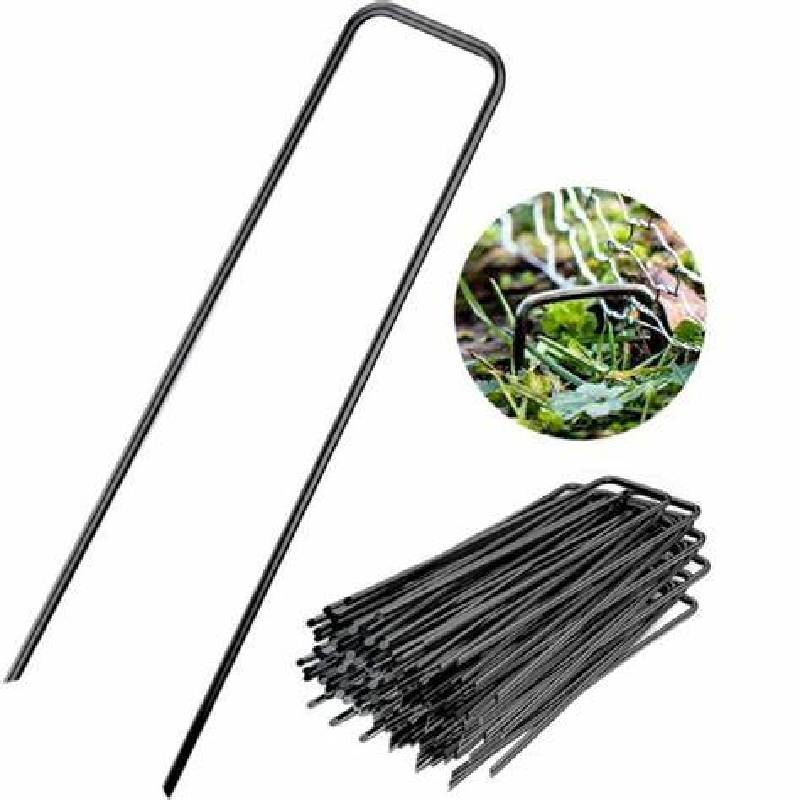
- Mobile Phone
- +8613931874955
- sales@cntcmetal.com
Exploring the Properties and Applications of Metric Extension Springs in Engineering
Understanding Metric Extension Springs Applications and Benefits
Metric extension springs are essential components in various mechanical systems, serving a vital role in providing elasticity and tension. These springs are designed to absorb and store energy when stretched and are commonly utilized in different applications across industries such as automotive, machinery, and consumer products. This article delves into the characteristics, applications, and benefits of metric extension springs, shedding light on why they are crucial for modern engineering designs.
What Are Metric Extension Springs?
Metric extension springs are coiled springs that are specifically engineered to operate under tensile loads. Unlike compression springs, which are designed to resist being compressed, extension springs work by being stretched. They are typically made from high-carbon steel, stainless steel, or other composite materials that offer excellent elasticity, durability, and resistance to deformation.
These springs feature a specific diameter, coil count, and wire thickness, all measured in metric units, which is crucial for precision engineering. The design of metric extension springs allows them to return to their original shape after the load is removed, making them ideal for applications requiring repeated motion or force.
Key Applications of Metric Extension Springs
1. Automotive Industry Metric extension springs are widely used in various automotive applications, from engine components to suspension systems. They can be found in mechanisms such as retractable belts, tensioning devices, and even seat adjustments, contributing to both functionality and comfort.
2. Manufacturing Equipment In manufacturing environments, extension springs are often used in machinery to provide tension in conveyor belts, enable automatic return mechanisms, and assist in clamping devices. Their ability to absorb shock and maintain consistent tension makes them invaluable in maintaining operational efficiency.
3. Consumer Products Many household items incorporate metric extension springs, such as toy mechanisms, kitchen appliances, and office equipment. Their versatility allows for smooth operation in products ranging from retractable pens to spring-loaded dustpans.
metric extension springs

Benefits of Metric Extension Springs
- Precision Engineering The use of metric measurements ensures that extension springs fit seamlessly into existing systems, allowing for precise engineering and optimal performance. This standardization reduces the potential for errors during installation and operation.
- Energy Efficiency Metric extension springs are designed to store and release energy efficiently. This characteristic not only enhances the performance of mechanical systems but also contributes to energy conservation by minimizing waste.
- Durability Typically manufactured from high-quality materials, metric extension springs showcase high durability and resistance to wear and corrosion. This leads to a longer lifespan, reducing the need for frequent replacements and maintenance.
- Versatility These springs can be customized to meet specific requirements such as different load capacities, dimensions, and environmental conditions. This makes them suitable for a wide range of applications across various industries.
- Cost-Effectiveness The efficiency and reliability of metric extension springs translate into cost savings for manufacturers. Investing in high-quality springs can reduce operational costs associated with downtime, maintenance, and replacements.
Conclusion
Metric extension springs are vital components in many mechanical applications, offering essential advantages in terms of efficiency, durability, and versatility. Their ability to provide consistent tension while returning to their original shape is crucial for the performance of numerous devices and systems. As industries continue to evolve and technology advances, the demand for high-quality metric extension springs will only grow, underscoring their importance in contemporary engineering. By understanding their function and benefits, designers and engineers can make informed decisions that enhance system performance and reliability. Whether in automotive, manufacturing, or consumer products, metric extension springs are indeed an unsung hero of modern design.
share:
-
Your Source for Concrete Wall Ties and Masonry AccessoriesNewsJul.10,2025
-
Unlocking the Power of Iron Wire for Every ProjectNewsJul.10,2025
-
Explore Advanced Chain Wire and Stainless Steel Mesh FencingNewsJul.10,2025
-
Discover the Benefits of Annealed Wire ProductsNewsJul.10,2025
-
Discover China Stainless Steel Wire Mesh SolutionsNewsJul.10,2025
-
Build with Confidence Using High-Performance Masonry AccessoriesNewsJul.10,2025
-
Why Sacrificial Formwork Is Redefining Underground ConstructionNewsJun.06,2025



















